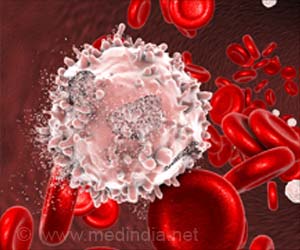Indian drug control authorities are to launch a massive study of fake drugs
Indian drug control authorities are to launch a massive study of fake drugs.
Expected to start soon, the Rs 50-lakh study, to be spearheaded by drug controller general of India, Surinder Singh, and expected to take six months, will see drug inspectors pose as patients and pick up 31,000 drug samples.The study has identified 61 popular drug brands from nine therapeutic categories that will be tested. They include anti-tuberculosis medication, anti-allergics, drugs to counter diabetes and cardiovascular diseases, anti-infective steroids, anti-malarials, NSAIDs, anti-histaminic and multi-vitamin preparations. Lending urgency to the study is a recent research article in Lancet journal, which says that in developing countries like India, 10-30% of medicines are feared to be counterfeit.
The Organisation for Economic Cooperation and Development’s latest figures say 75% of fake drugs supplied the world over have their origins in India.
The federal Health Ministry claims 5% of drugs in India are counterfeit while 0.3% are spurious.
A counterfeit medicine is one that has no active ingredient or is an expired drug which has been re-labelled and sold. It’s slightly different from a fake drug, which may not resemble the original in any way. Under Indian law, both counterfeit and fake drugs are described as spurious medicines. Industry bodies estimate that the lethal market is growing at 25% annually.
Federal Health secretary Naresh Dayal said, “The counterfeit drug market in India, which we believe is still not that large, has the potential to become extremely threatening. We need to know its actual size in order to combat it.”
Advertisement
“Three to four generic makes of each of the 61 popular brands are being shortlisted. Then, two to three drugs from each of these generic drug makes will be picked up, mostly those which are fast moving. The study wants to find the actual size of the counterfeit market in India, whether the drugs tested are fake or genuine and whether the drugs are of standard quality,” a DCG official said.
Advertisement
Said Department of Biotechnology secretary, M K Bhan, “Counterfeit drug market is still not a colossal problem in India. Small traders give price advantages and introduce them in the market. We will have to keep a close watch on the market’s expansion and punish those involved with it very strongly.”
In India less than one per cent of the drugs manufactured are tested, it may be noted. Each of the 26 government labs test only 2,500 drug samples annually and have backlogs of six to nine months.
The World Health Organisation (WHO) has asked India and China, home to the world’s largest pharmaceutical companies, to be part of an alert system which will inform drug exporting and importing nations about counterfeit consignments, their size, location and batch numbers.
Source-Medindia
GPL/L







